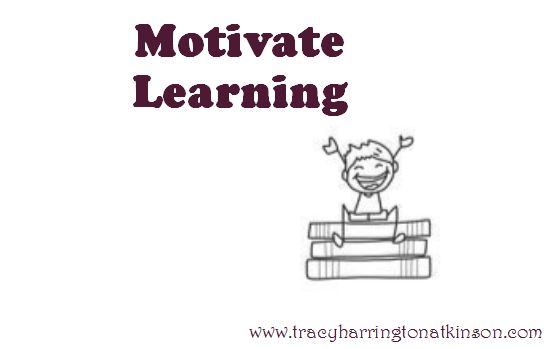 Often, I am asked by parents, how to help motivate their child to learn. There is simply not an easy answer to this most difficult question. Books have been written on this topic. Seminars have been taught. There are even entire courses on college campuses devoted to this subject. However, the most simplistic methodology to motivate your child is to encourage their curiosity. A curious child is one the is self-motivated instead of relying on someone else to push them to learn (Fischer & Scharff, 2010).
Often, I am asked by parents, how to help motivate their child to learn. There is simply not an easy answer to this most difficult question. Books have been written on this topic. Seminars have been taught. There are even entire courses on college campuses devoted to this subject. However, the most simplistic methodology to motivate your child is to encourage their curiosity. A curious child is one the is self-motivated instead of relying on someone else to push them to learn (Fischer & Scharff, 2010).
Another method which requires little effort is to use positive feedback. Positive feedback has been noted to be the most powerful technique for motivation and direction with no discoverable disadvantages (Case, 2009). This essential element of teaching builds intrinsic motivation in students as it is easily applicable to every learning environment, whether at home or at school. It can easily be embedded into any teaching moment as it requires little resources or preparation. It promotes a successful learning environment while promoting self-esteem and developing a positive relationship between the child and the adult (Sakarneh, 2012; University of Illinois, 2013).
Leiden University (2008) in a recent study found that eight year old children learn better from positive feedback such as “Good Job” or “Well Done” than through negative feedback such as “Wrong” or “Not right this time.” Positive feedback can take on a creative aspect. Reh (2012) states “don’t ever underestimate the power of positive feedback. We are quick to point out to someone when they make a mistake. Sometimes we forget to acknowledge them when they do something right.
Tips for Positive Feedback:
- Give feedback immediately.
- Positive feedback can be given in a group, but negative feedback should be kept private. Never humiliate a child.
- Be specific.
- Remember to make a bid deal of out things -in a positive manner.
- Exaggerate your positive actions and words. Be dramatic to make a memory and impact on the student.
- Use lots of positive adjectives.
- Do it often!
- Be sincere.
Sources:
Case, A. (2009). The advantages and disadvantages of eliciting the EFL classroom. Retrieved from www.usingenglish.com/teachers/articles/advantages-disadvantages-eliciting-in-efl-classroom.html
Fischer, G. & Scharff, E. (2010). Learning technologies in support of self-directed learning. Retrieved from www-jime.open.ac.uk/98/4/fischer-98-4-paper.html
NCLD. (2013). Promoting family literacy: Raising ready readers. Retrieved from http://www.ncld.org/students-disabilities/homework-study-skills/promoting-family-literacy-raising-ready-readers
Sakarneh, M. (2012). Effective teaching in inclusive classrooms. Retrieved from www.aare.edu.au/04pap/sak04009.pdf
University of Illinois. (2013). Instructional strategies for online courses. Retrieved from www.ion.uillinois.edu/resources/tutorials/pedagogy/instructionalstrategies.asp
By Tracy Atkinson
Tracy Atkinson, mother of six, lives in the Midwest with her husband. She is a teacher, having taught elementary school to higher education, holding degrees in elementary education and a master’s in higher education. Her passion is researching, studying and investigating the attributes related to self-directed learners. She has published several titles, including Calais: The Annals of the Hidden, Lemosa: The Annals of the Hidden, Book Two, Rachel’s 8 and Securing Your Tent. She is currently working on a non-fiction text exploring the attributes of self-directed learners: The Five Characteristics of Self-directed Learners.

Comments are closed